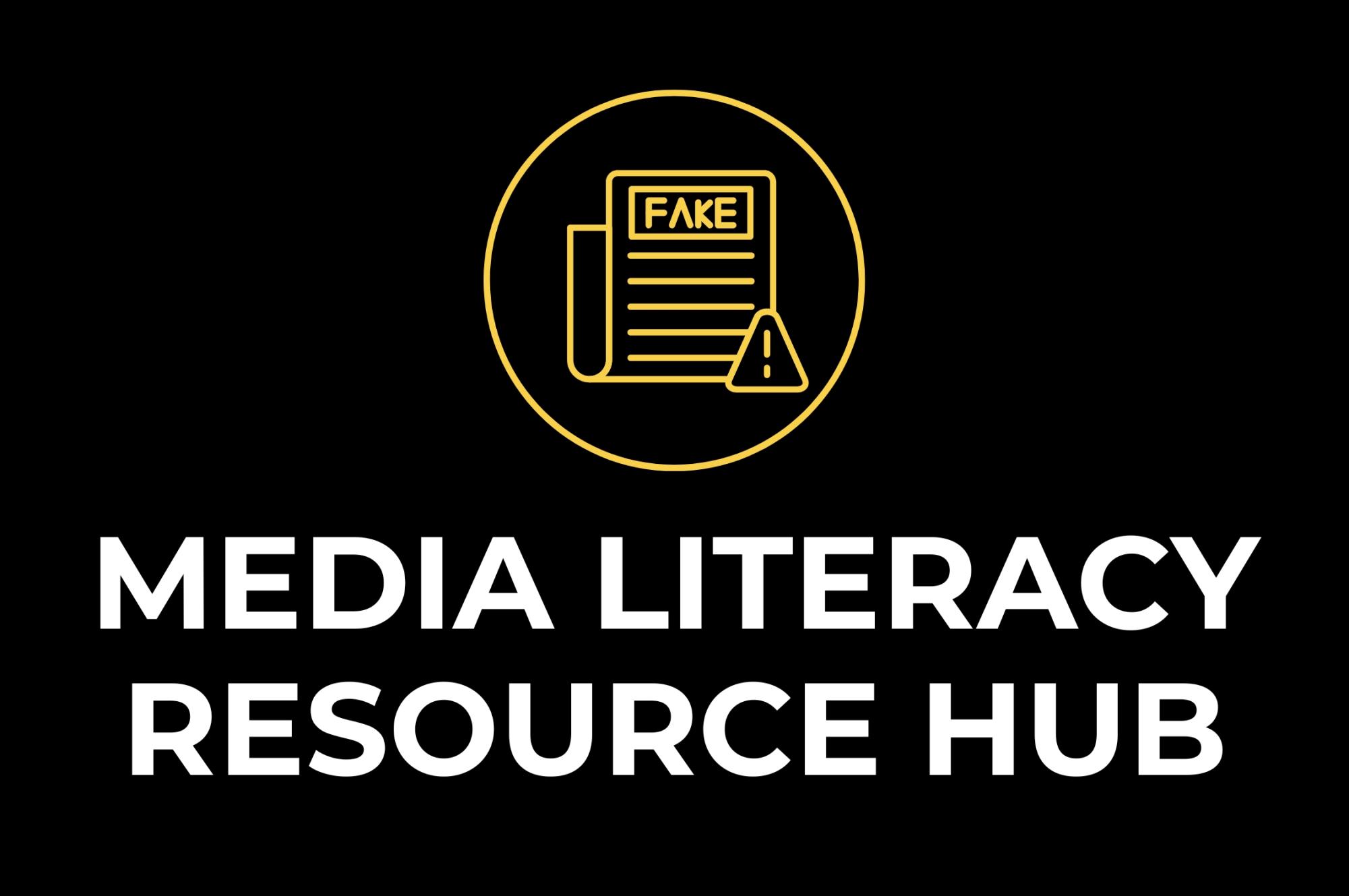Media Literacy

Tips and Tricks for Evaluating Information
Action Steps When You Encounter Potential Misinformation
- Check your own emotions and biases. Am I being manipulated into this reaction?
- Look beyond the platform to the person or organization providing the information. Who is it, and can you trust the poster to be accurate?
- Pause before you share. Don’t share or pass along the information, even in conversation, unless you are confident the information comes from a reliable source with a track record of accuracy and completeness.
- Do a bit more looking. Are other posters or outlets reporting substantially the same thing? If not, pause again and do more looking.
- Diversify your news sources. Intentionally build out your news sources by following a number of trusted outlets — locally, statewide, and nationally — from a variety of viewpoints. Social media platforms are run by computer algorithms that are designed to feed you more of what you already have seen. Keep in mind that, in order to keep these outlets in your feeds, you will have to occasionally interact with them.
Learn More: Trusted Resources
The Center for News Literacy
The center was founded at Stony Brook University in 2006 and provides a number of resources, including a free news literacy course.
American Library Association
The largest organization of professional information people in the world has been a pioneer in information literacy and has since worked to incorporate media literacy for more than 15 years.
National Association for Media Literacy Education
The organization was founded in 1997 as a vehicle for organizing a national media literacy conference. The impetus behind the gathering was the explosion of streaming and digital sources that were overwhelming the traditional media.
NewseumEd
The Newseum began as a physical building with exhibits, events, and a working television studio in Washington, D.C. The goal is to highlight and educate how reliable news is gathered and produced. Its education arm has a rich catalog of media literacy lesson plans, quizzes, and many other sources of information.

